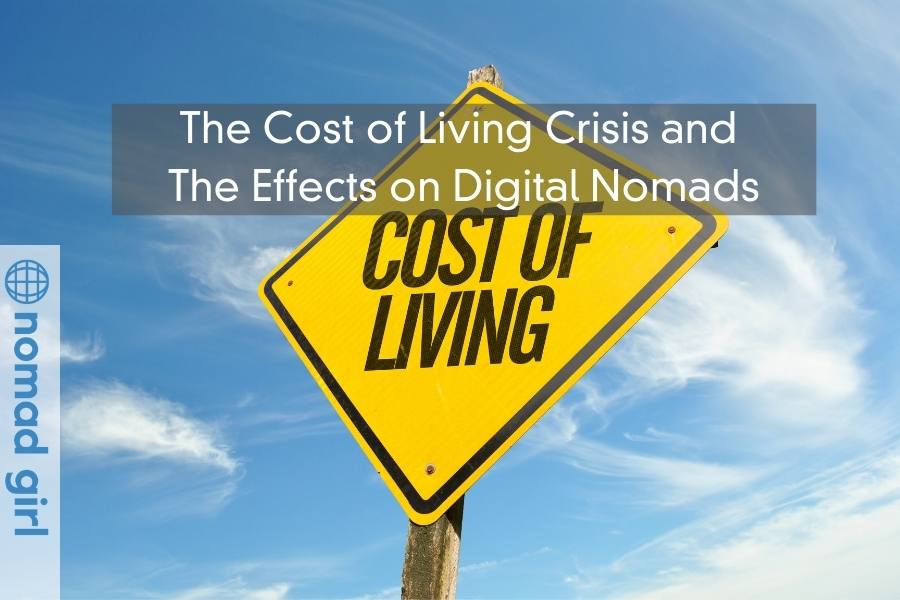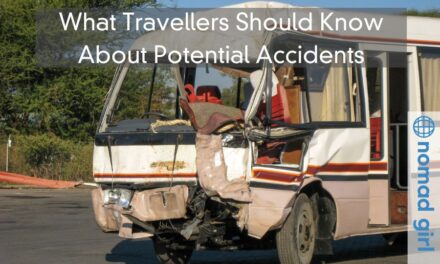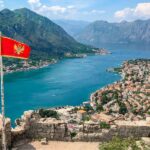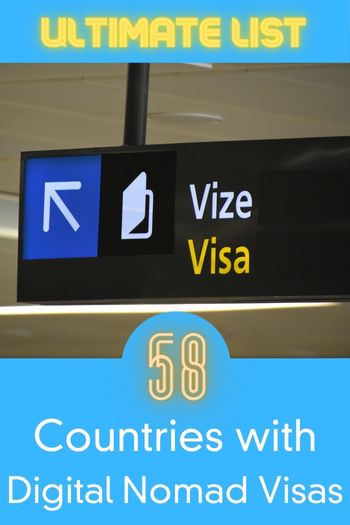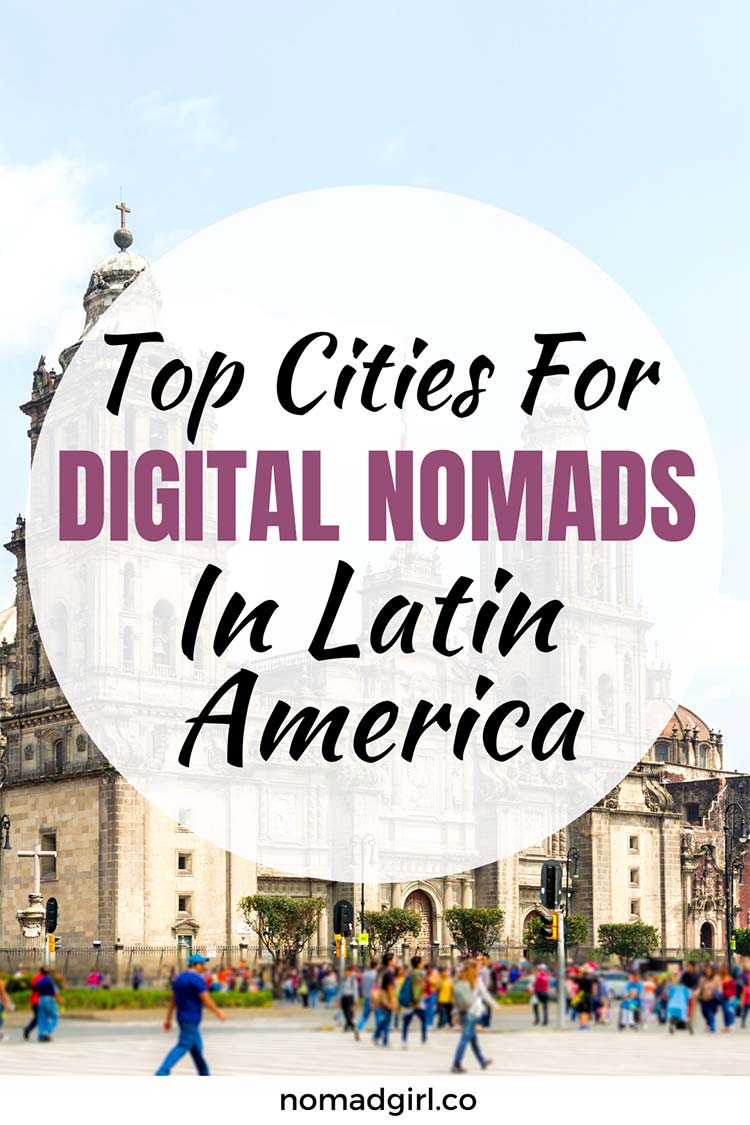Where can I stay for an accommodation budget of $500 in Europe during the summer is a question I see quite often on the various Facebook digital nomad forums.
After that, there are various rants about the cost of living crisis and how it is limiting the options for digital nomads.
I am predicting a few new trends in Digital Nomadism due to the cost of living. But let’s look at some major digital nomad trends that have happened over the last 2 years.
South-East Asia has lost its Digital Nomad crown
The Covid-19 virus pandemic made travel much more complicated and really stopped the South-East Asia tourist visa driven digital nomads.
These are digital nomads that do visa runs to renew their tourist visas for another 2 to 3 months.
This is very popular in Thailand, Vietnam, Indonesia and the Philippines. Digital Nomadism has been obliterated in these countries, due to strict entry rules and the inability to do visa runs.
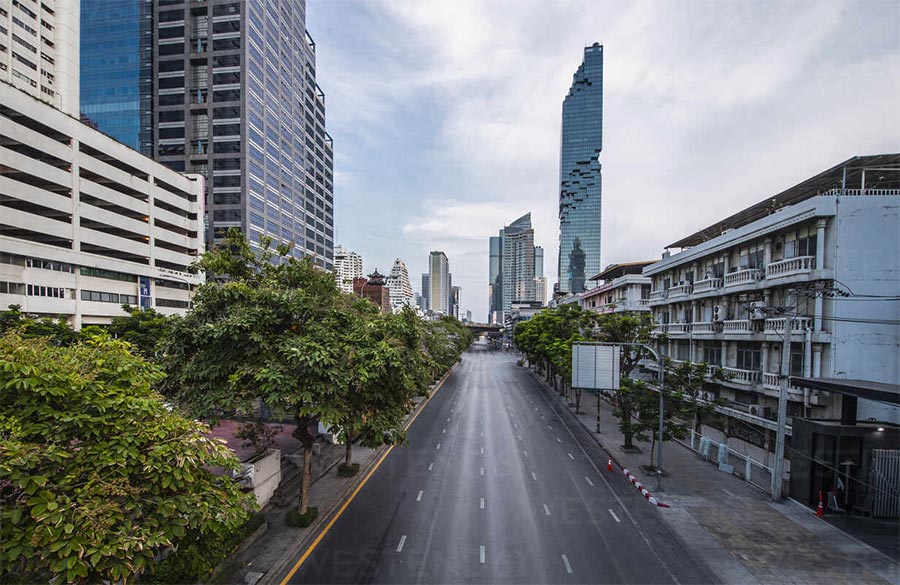
Empty streets of Bangkok
Beneficiaries have been the more Covid-19 relaxed countries like Mexico and Turkey and the EU which had a covid passport to make it way easier to enter.
There is a reason Portugal ranked high for digital nomads over the last 2 years.
The wealthy Digital Nomads are targeted with Digital Nomad Visas
A new type of digital nomad came on the market and these are the well to do WFH (Working From Home) types that could suddenly switch the office and work from home or abroad.
These new digital nomads were targeted by a growing list of countries offering long term stay digital nomad visas to offset their drop in tourism revenue.
Countries that suffered previously from over-tourism also came up with strategies to target wealthy more sustainable tourism and abandon the low end of the market. Bali even considered banning backpackers after reopening.
Cost of Living Crisis for Digital Nomads What are the Trends?
Now that the world has finally been released from the prohibitive Covid-19 measures and we can travel again we are finding ourselves in the midst of a cost of living crisis.
This is mainly caused by massive supply chain disruptions from the lockdowns and the massive stimulus given to restart the economies.
Throw in the war in Ukraine which has made energy in Europe and Asia a lot more expensive.
These costs apply to all of us, but there are some specific costs that have now started to affect digital nomads and their decisions.
1. Accommodation prices have gone through the roof
Everyone is complaining about the cost of accommodation and how this is especially true for AirBnB rentals. Many digital nomads including myself are using AirBnB to find accommodation deals for a couple of weeks or one or two months.
Before the pandemic, I could still find places that had availability and could do a good monthly deal. Now it is almost impossible or the prices have gone through the roof.

Monthly rental costs have gone up through sites like AirBnB
I blame the price rises on five different trends:
- Lots of Airbnb owners have sold or rented out long-term during the Covid-19 pandemic. This has hit the availability of properties on the market. A quick search on AirDNA for Rome, Italy shows that in Q4 2019 there were 18,789 active rentals on Airbnb and this has dropped to 13,427 for Q1 2022, a 28.5% drop in available rentals.
- There is massive pent-up demand from holidaymakers that can finally travel again. They are all competing to stay somewhere and pay over-the-top prices.
- Property prices in most places have increased substantially, which can be seen in higher rental prices to cover the cost of Airbnb investments.
- Owners are making up for lost revenue from the pandemic years.
- The Airbnb algorithm to maximise revenue and profit is working against you and this got a lot more clever over the last few years. Airbnb owners combined with data analytics focus now on RevPar which is Revenue per Available Rental. It is better to have higher pricing and lower occupancy when that brings in more monthly income than higher occupancy and lower rental pricing. My feeling is that monthly rental prices have gone sky-high with this focus on RevPar.
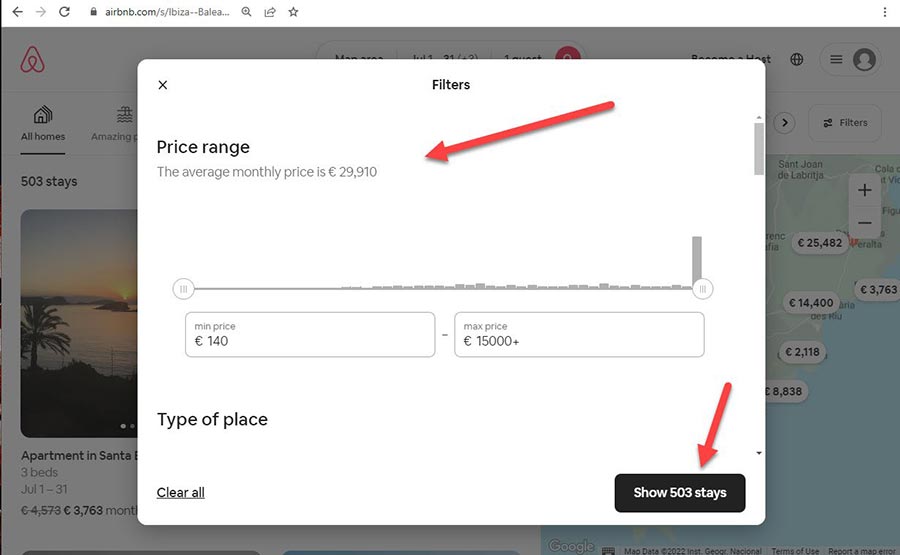
€29,910 for 1 month anyone??? – People complaining on Digital Nomads Around the World Facebook group about the insane average prices of AirBnB in Ibiza.
2. Sky-high energy costs make off-season winter stays harder in Europe
The way to get cheaper accommodation was to rent in the offseason, in Europe, these are mainly the winter months. Most tourist accommodation, especially in Southern Europe is poorly insulated and with heating gas prices that have gone up sixfold, it has become very expensive to stay.
AirBnB owners will state that you will have to pay for the utility bills or some of them have taken off their listings for the winter season. Look at the energy rating of a property before making a couple of months-long property commitment.
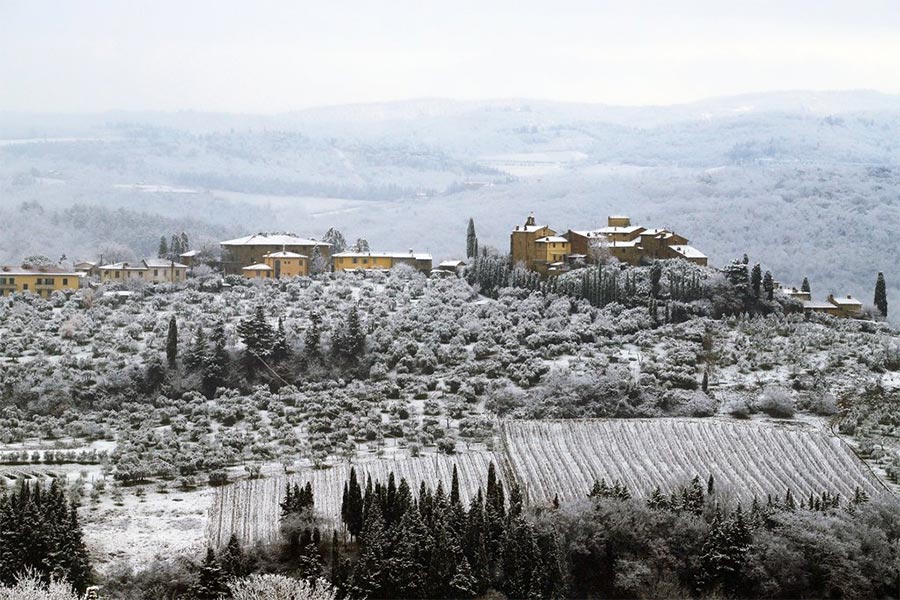
Yes, it can snow in Tuscany. Heating your accommodation might cripple you.
I stayed in Italy for the winter of 2020/2021 and energy prices were low. It still cost me over 600 euros per month to heat two rooms out of the five of my farmhouse in Tuscany, and I still was cold. This coming winter it would cost me over 2,000 euros a month to stay in the same place.
If you can try to find an A or B energy rating for your winter rental, but it will be extremely hard as most tourist property sits in class G for energy rating.
3. Car rental is almost impossible and very expensive
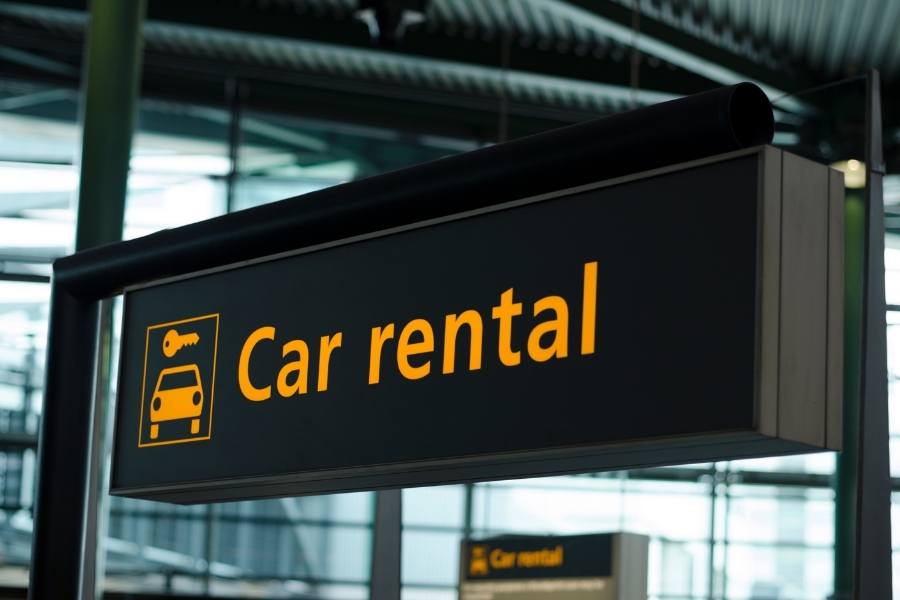
The car rental industry sold en masse its cars during the pandemic and then tried to buy new cars with long delivery times coming out of the pandemic, leading to a shortage of rental cars.
In summer expect now to pay easily 100 euros a day for the cheapest car rental. Off-season pricing is now around 30 to 35 euros a day, gone are the days of the 10 euro rental car.
4. Flights are more expensive
Finding a cheap short haul or long haul flight has got a lot more expensive due to airline capacity problems, mainly staff-related, and a lot higher energy prices.
The global airline industry still operates at 70% of pre-COVID level capacity, so the competition for flights is not there.
5. Default risk of developing countries has gone up
The default risk of a country is not something that is a lot on digital nomads’ minds. Take Sri Lanka as an example where the government has run out of money due to the pandemic and the rising energy costs.
There are power cuts that last 10 to 12 hours a day, hospitals that run out of medicine and transport that has come to a halt due to no fuel available.
This is not a situation you want to find yourself in and this can happen to other countries as well.
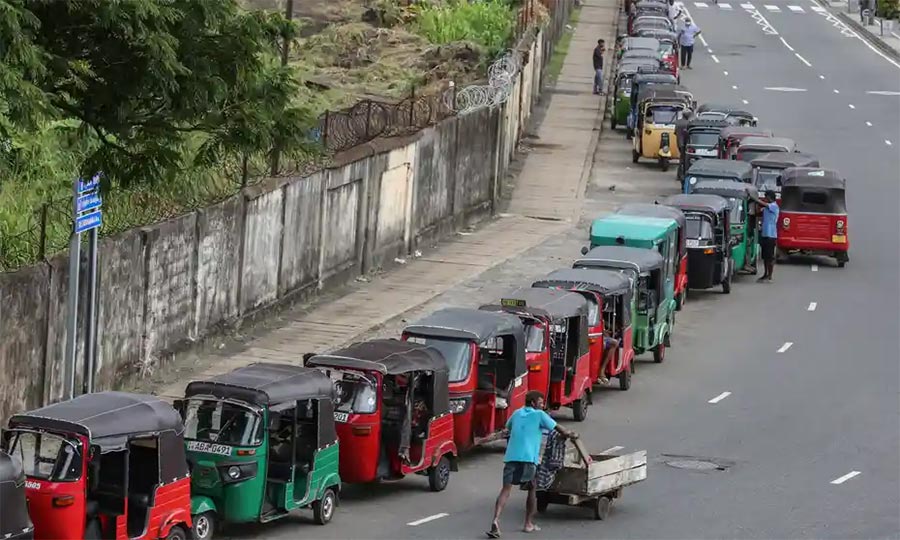
Fuel crisis in Sri Lanka
In 2011 rising food prices set off the Arab Spring with all the unrest and wars. Do your research before setting off long term and take the risk of default with massive violent protests into account.
6. Food and restaurant prices are up everywhere
This is a problem that affects everyone not only the digital nomads but with all the other costs that have risen beyond inflation, this is another cost that has to be taken into account.
How To Minimise Costs of Living Crisis For Digital Nomads
Some of the trends that we see now will go into reverse in the future. The rental car industry will eventually have its cars delivered and prices will go down.
Energy and food prices can also come down as more new supply hits the market through the energy transition.
Travel patterns will normalise and this extreme summer peak of two years of pent-up travel demand will be a thing of the past.
But what can we do now? As digital nomads we are blessed as we can be flexible, we can go where we are treated best and where the costs are lower.
1. Go to the bombed-out digital nomad places in South-East Asia for accommodation bargains
Now that travel restrictions are being lifted now is the time to visit South-East Asia.
A quick search for Bangkok or Chiang Mai condos on Youtube will show you plenty of brand new apartments that can be rented for $400 a month.
These are apartments in good locations with amazing rooftop pools, co-working spaces, gyms, bars and even outdoor cinemas.
Searching on Thailand rental websites brings up tens of thousands of properties. Check out this video below.
There is a glut of rental properties and you can pick up a bargain for the coming few years. If you stay on the outskirts of Bangkok $200 a month for a one-bedroom apartment is possible.
It is a similar story in Vietnam, Malaysia, Bali and the Philippines. Yes, food prices have gone up there too, but they are still a lot cheaper than in Western countries.
When it comes to services there, people are glad to work again and they have not received any handouts from governments.
Last but not least these countries are very dependent on Chinese tourists as well and they can still not travel due to the zero covid policies in the country.
Travel to South-East Asia now, this is the best time to do so before it gets busier again later in this decade.
2. Choose your winter stay wisely
Staying where it is warm in winter can save you considerably. It costs to run an aircon in the sweltering summer, but it is still a lot less than the cost of heating in winter.
So travel to the Southern Hemisphere when it is cold in the Northern. Did you know that Medellin is known as the city of eternal spring, with daytime temperatures at 26-27 degrees year-round? Here you can live without an aircon or heating.
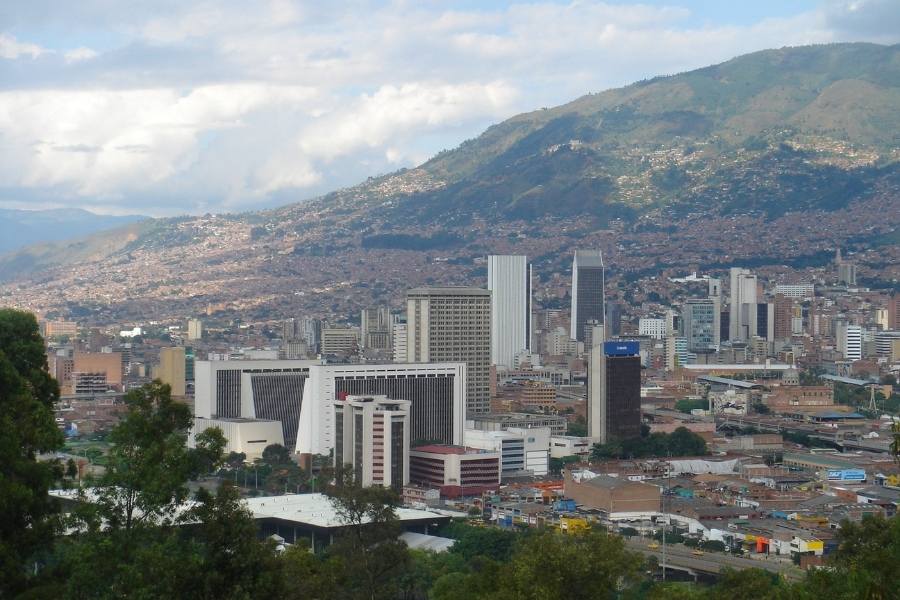
Medellin Eternal Spring
Insulation makes a big difference in the overall cost, it is better to stay in an A energy rated property in Northern Europe than to stay in a G energy rated property in Southern Europe.
3. Summer in Europe avoid the coast and stay inland
This summer avoid the tourist destinations and the coast in Europe and go inland and away from the tourist hotspots.
Digital nomads think Bulgarian mountains in Bansko, think Serbia, inland Croatia or Bosnia & Herzegovina. You have to be creative to keep accommodation costs down.
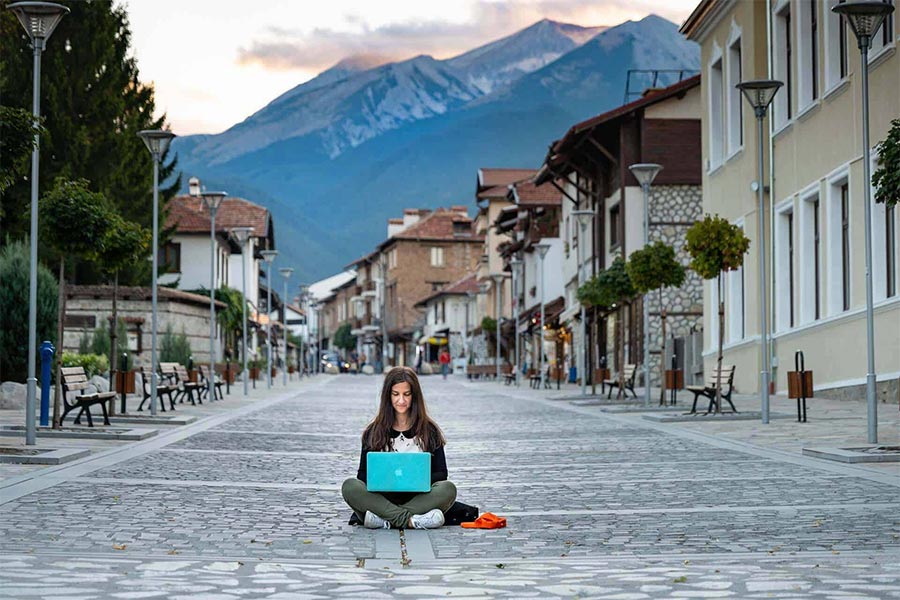
Bansko, Bulgaria in summer. 300 euro per month apartments
You may find bargains in popular Russian destinations like coastal Scalea in Italy that can not be visited by Russians at the moment.
4. Get creative with finding cheap flights
We have written an article with websites that can help you find cheap flights. But the best tool of them all is Google flights and you need to learn how to master this tool to help you find the cheapest flights. I found this video below very useful.
5. There are cheaper options than AirBnB for one to two-month rentals
AirBnB and booking.com are not the only players in town for one to two months of accommodation. Check out local Facebook groups, especially the ones targeting expats and ask around.
Through Facebook groups, I found accommodation in Hoi Ann Vietnam and in Lucca, Italy.
Also always negotiate, do not accept the price that is shown on a website. I will do a more dedicated article on how to find cheap accommodation.
6. Use the cost of living website Numbeo.com
Numbeo.com is the largest cost-of-living database which looks at 53 different items and services to determine the cost of living in a certain place.
The more people participate in the data the more accurate the data is. You have to be careful as countries with high inflation like Turkey and Argentina where the currency has dropped a lot, may look cheaper than they really are. This is because the costs have been averaged over a whole year.
It is still a great tool, I love the comparison tool, where you can compare the costs of two different cities. Another useful database is nomadlist.com where you can do some basic cost-of-living comparisons.
Hopefully, you found these tips useful. Feel free to reach out to me through the contact form if you need some help or if you have some useful tips.


